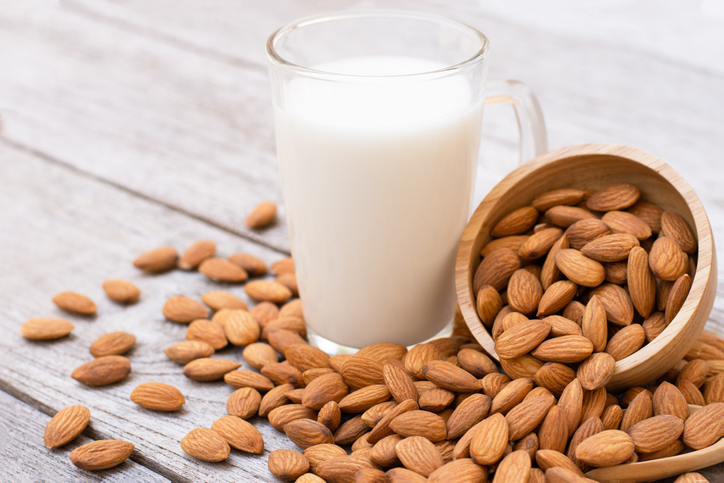Discover the Perfect Plenish Almond Milk Recipe: A Delicious & Nutritious
Welcome to food fables, where we celebrate delicious, nutritious, and easy-to-make recipes! Today, we’re diving into the world of homemade almond milk with a special focus on the Plenish Almond Milk recipe. Whether you’re a long-time fan of almond milk or new to the dairy-free scene, this guide will walk you through everything you need … Read more

